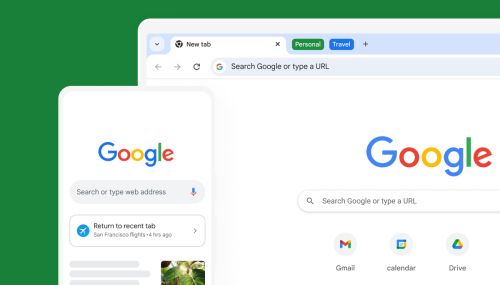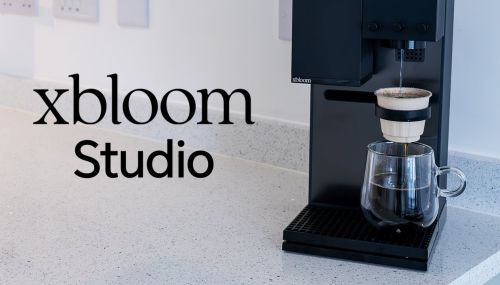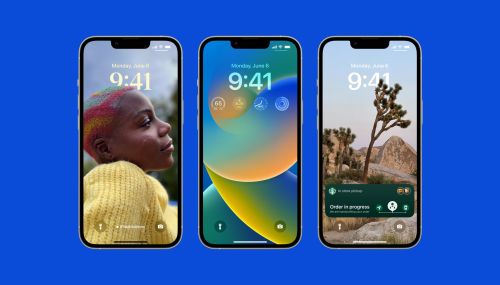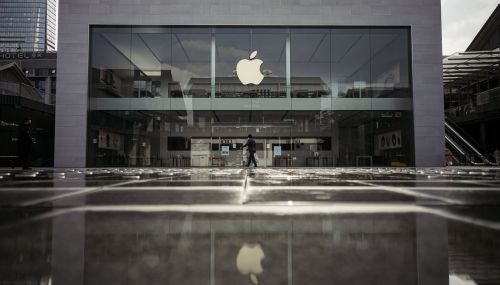Google's Bold New Material 3 Expressive Design Unveiled: A Leap Beyond Boring UIs

Leak: How and Why Google Created Material 3 Expressive
Introduction
Material 3 Expressive, described as a 'bold new direction for design,' is the most-researched update to Google’s design system. This new approach aims to move apps beyond ‘clean’ and ‘boring’ designs to create interfaces that connect with users on an emotional level. It is also referred to as “M3 Expressive” or just “expressive design.”
Origins of Material 3 Expressive
In 2022, the Material Design team began questioning why apps looked so similar and dull. This led to a three-year exploration involving dozens of rounds of design and research, culminating in 46 separate studies with over 18,000 participants from around the world. The goal was to create a system that is both beautiful and highly usable.
Key Research Methods
- Eye Tracking: Analyzing user focus areas
- Surveys and Focus Groups: Gauging emotional responses to designs
- Experiments: Gathering sentiment and preferences
- Usability Tests: Measuring how quickly participants could understand and use interfaces
Design Principles
The core aspects of Material 3 Expressive include:
- Color
- Shape
- Size
- Motion
- Containment
These principles help in making key actions stand out and grouping similar elements together. A notable component is the “floating toolbar,” a pill-shaped bottom bar that doesn’t span the entire screen, allowing for edge-to-edge designs.
User Benefits
Research found that expressive designs:
- Improved Usability: Users could spot key UI elements up to 4x faster
- Enhanced Engagement: Time to tap on key actions decreased significantly
For example, in a redesigned email app, the Send button was larger, placed just above the keyboard, and used a secondary color to draw attention, making it much easier to locate.
Design Preferences
User testing showed that expressive designs are strongly preferred over non-expressive ones. Specifically:
- 32% increase in subculture perception, indicating brands feel more relevant and ‘in-the-know’
- 34% boost in modernity, making brands feel fresh and forward-thinking
- 30% jump in rebelliousness, suggesting brands are seen as bold and innovative leaders
Conclusion
Material 3 Expressive represents a significant evolution in design, backed by extensive research, that enhances both the aesthetic and functional aspects of user interfaces.
Latest News

xBloom Studio: The Coffee Maker That Puts Science in Your Cup
6 months ago

Moto Watch Fit Priced at $200: Is It Worth the Cost for Fitness Enthusiasts?
6 months ago

iOS 18's Subtle but Significant Privacy Boost: Granular Contact Sharing Control
6 months ago

Walmart Unveils Onn 4K Plus: The Affordable $30 Google TV Streaming Device
6 months ago

Judge Forces Apple to Comply: Epic Games' Fortnite Returns Hinge on Court Order
6 months ago

OnePlus Unveils the ‘Plus Key’: Is It Just an iPhone Knockoff or Something Revolutionary?
6 months ago